by Daniel Hathaway
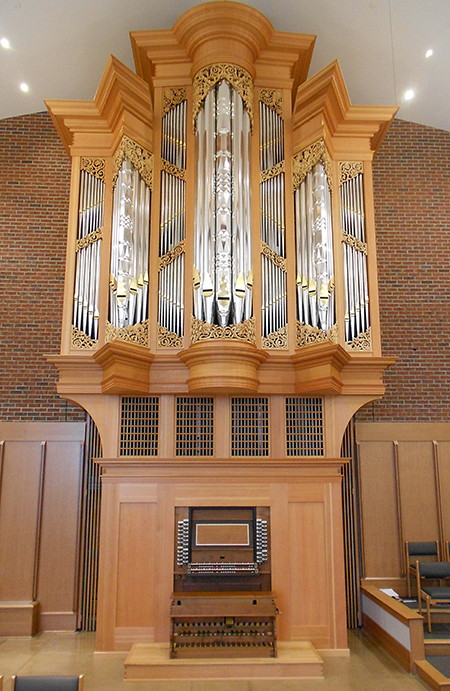
On Sunday, August 25, nearly five years to the day after that conflagration, the church will formally inaugurate a new instrument by Paul Fritts of Tacoma, Washington in a 3:00 pm recital by Katelyn Emerson. The recitalist, who graduated from Oberlin in 2015 with degrees in organ performance and French and is now based in Stuttgart, Germany, will play a varied program of music by Lübeck, J.S. Bach, Muffat, Bridge, Brahms, and Franck, as well as the premiere of a commissioned work by Aaron David Miller. The recital is free.
Music director Brian Wentzel said in a recent telephone conversation that working on the project of a new sanctuary and organ has been a once-in-a-lifetime opportunity. “It’s one that I never imagined I’d have. But it’s been very fulfilling, and a joy to work with Paul Fritts and his crew. I’m very pleased with the result.”
Based on the experience of the Lorain congregation, French president Emmanuel Macron might need a reality check on his pledge to rebuild Notre-Dame in five years: it took that amount of time just to plan, build, and install the Fritts organ. That process was complicated by the special nature of the instrument that perished in the fire — an experiment in replicating historical instruments in Europe that featured mechanical action, pipes with high lead content, flexible winding, solid wood cases, and unequal temperaments.
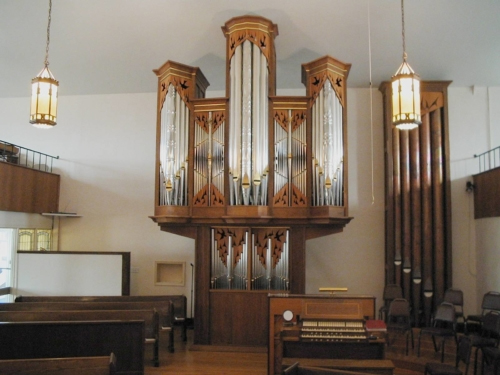
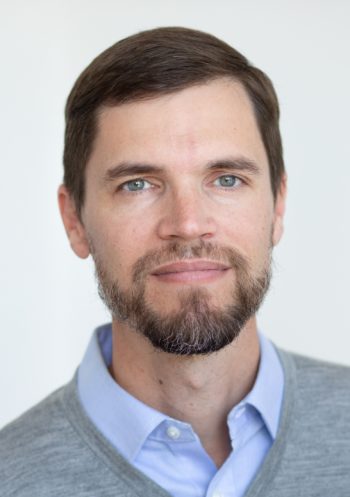
It was also important to Wentzel that the organ builder be part of the design team for the new building, which is located across the way from the old church complex. Accordingly, a contract was signed less than a year after the fire.
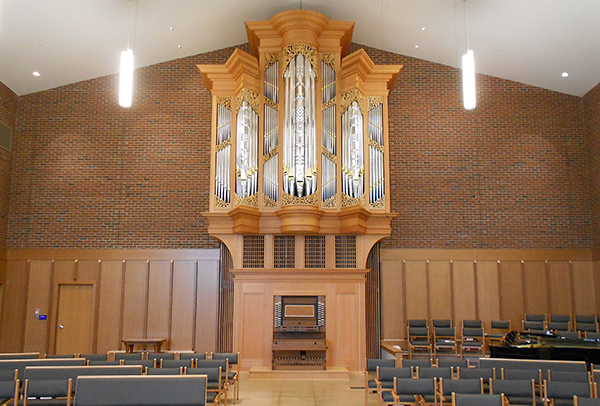
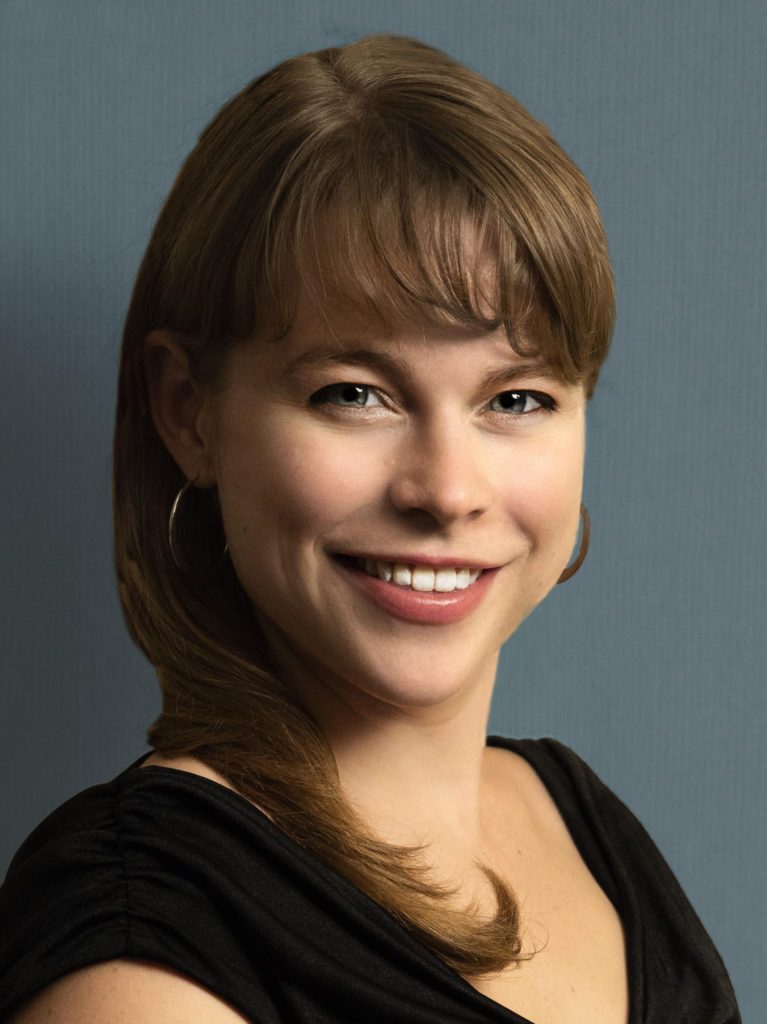
The commissioned work on the program by Aaron David Miller, one of Wentzel’s favorite composers, is courtesy of First Lutheran’s endowment fund for special projects. “His music is classic, modern, rhythmic, colorful, and fun to play — everything you could want in an 8-9 minute piece.” Wentzel will perform the work himself later this season as the dedication festivities continue. A February concert by Oberlin professor Jonathan Moyer will feature J.S. Bach’s Clavierübung III, or German Organ Mass, a monumental collection of chorales that also figured in the dedication of the Brombaugh instrument more than four decades ago.
Published on ClevelandClassical.com August 20, 2019.
Click here for a printable copy of this article



